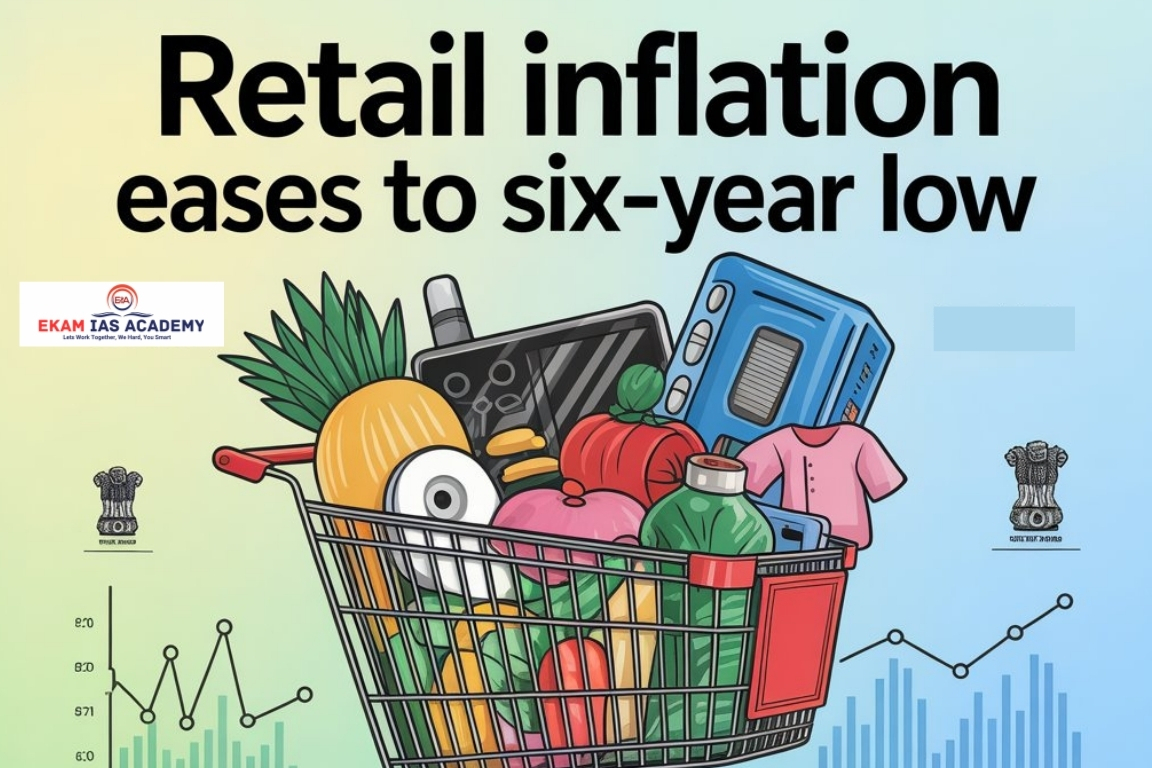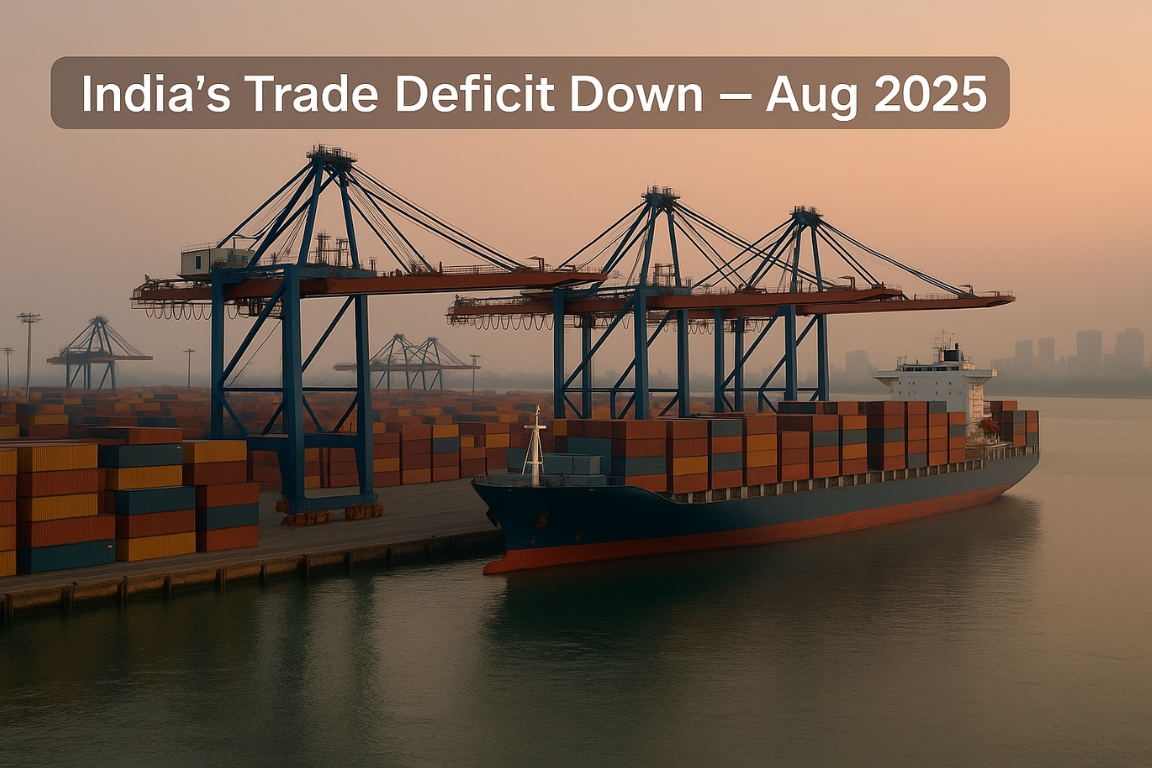India is currently using both expansionary fiscal and monetary policies, such as tax cuts and repo rate reductions, to boost a slowing economy. This raises questions about the effectiveness of such policies and the need for better coordination between RBI and the government.
Current Monetary Policy Measures
The RBI has cut the repo rate twice in 2025 — 25 basis points in April and 50 basis points in June — bringing it to 5.5%.
These cuts were enabled by low inflation (3%) and a stable growth forecast (6.5%).
The objective is to stimulate investment and support demand.

Recent Fiscal Policy Moves
The Union Budget 2025-26 introduced income tax cuts aimed at boosting disposable income and consumption.
These steps, combined with monetary easing, reflect a dual expansionary approach.
However, signs of slow recovery cast doubt on their immediate effectiveness.
Concerns over Policy Coordination
When both monetary and fiscal policies expand, inflation can rise if growth does not improve proportionally.
Past examples from the U.K. and U.S. show that poor coordination can cancel out intended effects.
In India, credit growth fell to a 3-year low (9%) and unemployment rose to 5.6%, suggesting demand is still weak.
Deficit and Spending Risks
If tax cuts don’t lead to higher growth, tax revenues may fall, increasing the fiscal deficit.
To control the deficit, the government may need to reduce spending, especially on social services, affecting vulnerable sections.
Experts argue that policy should boost wages and consumption among the lower-income groups to generate real demand.
Monetary Policy
It is the policy used by a country’s central bank (like RBI) to control the supply of money, interest rates, and inflation in the economy.
Main Tools: Repo rate, reverse repo rate, CRR, SLR, and open market operations are used to influence liquidity and credit availability.
Goals: To maintain price stability, control inflation, and ensure economic growth.
Fiscal Policy (Managed by Government of India)
It refers to the use of government revenue and spending to influence the economy.
Main Tools: Taxation and government expenditure are used to manage demand, employment, and economic stability.
Goals: To promote growth, reduce inequality, and maintain a stable economy through budget planning.
Conclusion
India needs better coordination between fiscal and monetary policies to ensure growth without triggering inflation or worsening the fiscal deficit. Targeted interventions focused on boosting lower-income demand may be more effective in reviving the economy.





